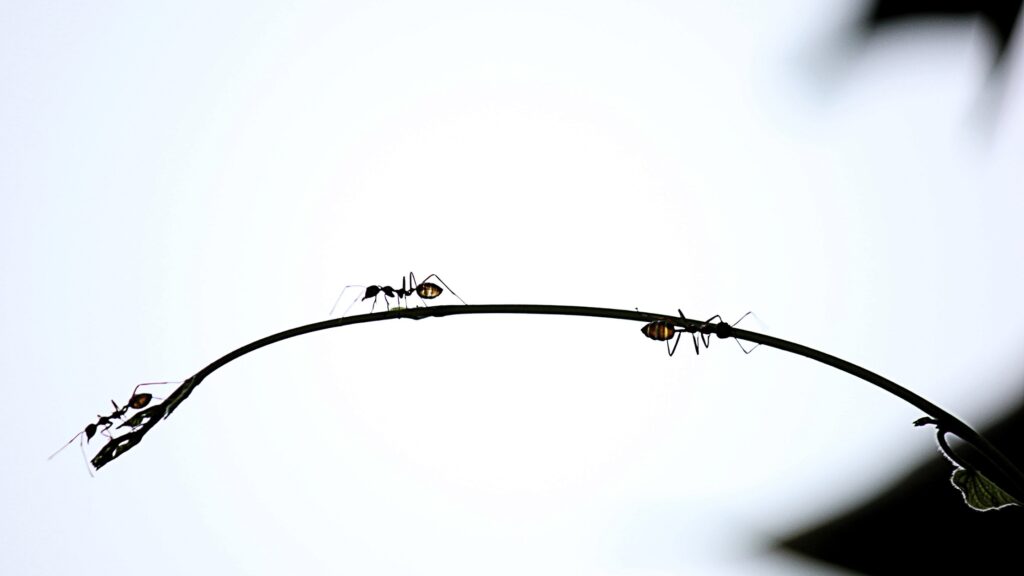Panic is setting in: “My traffic has been dropping for days…”
“I think Google penalized me…”
Spoiler: Google isn’t punishing you. It’s filtering.
And this March 2025 update is a wake-up call for those who thought SEO was just stuffing keywords into H2-H3 templates.
This Isn’t Just Another Update—It’s a Statement.
Google has always been selective, but now it’s making its expectations crystal clear:
- No more generic, recycled content. Your expertise must shine through.
- No more writing for algorithms. Content must serve real users with genuine insights.
- No more artificial backlinks. Google’s getting better at spotting unnatural link-building strategies.
The 3 SEO Mistakes That Will Kill Galleries and Design Studios
- No Real Content Strategy If your site only features product descriptions and press releases, you’re in trouble. You need insights, analysis, and bold perspectives. Example: Instead of just listing an exhibition’s details, write an in-depth piece on the artist’s influences, process, and how their work fits into broader artistic movements.
- Ignoring User Experience (UX) A slow, clunky site that’s not mobile-friendly? Google sees users bouncing and drops your ranking. Example: If your gallery website takes more than 3 seconds to load or images don’t adjust properly on mobile, potential collectors will leave. Optimize images, use lazy loading, and ensure navigation is seamless.
- Still Chasing SEO Tricks The era of “hacks” and keyword stuffing is over. Now, it’s a fast track to irrelevance. Example: If your blog posts still have awkward keyword placements like “best contemporary art gallery New York buy now,” you’re doing it wrong. Instead, focus on naturally answering questions like “How to start an art collection?” or “Emerging artists to watch in 2025.”
What to Do Right Now
- Build Real Authority
- Publish expert interviews and artist features.
- Share deep market insights and trend analysis.
- Take a stand on industry topics.
- Align with Real Search Intent
- Your site should provide clear, unique answers—not just keyword-filled fluff.
- Optimize pages based on user intent (informational, transactional, navigational).
- Get Your Technical SEO Right
- Fast-loading pages, mobile-first design, seamless UX.
- Proper structured data (schema.org for art and design).
- Smart internal linking to guide users and Google.
- Forget Cheap Backlinks—Focus on Meaningful Connections
- Prioritize mentions in high-authority media.
- Partner with key industry players (art critics, influencers, renowned designers).
- Publish irresistible content that naturally earns shares and citations.
Old SEO is Dead. Smart Strategy Wins.
If your gallery or studio wants to rank on Google, SEO isn’t just about optimization anymore. It’s about crafting expert, structured, and engaging content.
This update isn’t about penalties—it’s about separating the real players from the pretenders.
Want to stay visible in 2025? Elevate your game.
Want to make sure your gallery or studio stays visible in 2025?
I help creative brands turn expertise into visibility—and visibility into growth.

